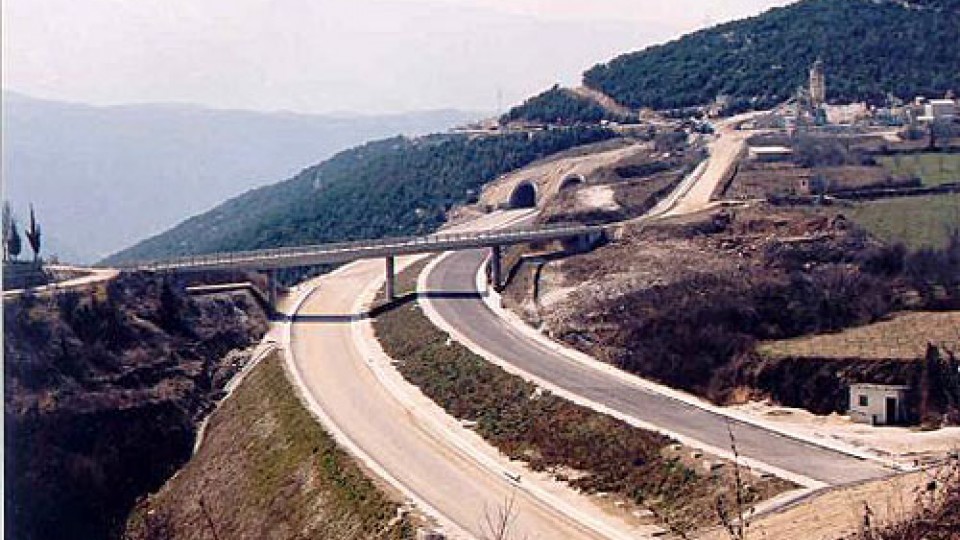Molunghi landslide monitoring, Italy
Study and monitoring of Molunghi landslide The monitoring project of Molunghi landslide is the result of the cooperation between the Comune di Calice al Cornoviglio and the Road Department of La Spezia Province and it is began in consequence of the instability of both the provincial street and part of Monlunghi di Mezzo inhabitat during […]
Cleaning-up project of Panama City and Bay
The cleaning-up project of Panama City and Bay includes: Construction of Health Service networks Construction and rehabilitation of Collectors and Drive lines Interceptor system Plant for wastewater treatment. These elements will be developed to collect, transport and treat wastewater of Panama City which is currently discharged directly into the bay or rivers and streams in […]
FAQ#118 – Is it possible to use the reference reading (zero reading) taken with a digital inclinometer probe as a reference reading for another digital inclinometer probe?
No, this is not possible.Sisgeo calibrates each probe individually, but each probe has its own small different properties, that have a certain influence on the readings. The international standard ISO 18674-3, describing the reference reading, states that:„It is good practice to take an additional reference measurement with an independent probe that can be used as […]
FAQ#111 – Why I cannot read correctly my 4-20mA current loop gauge?
It could be a problem connected to the power supply given by the readout or logger. When the power supply is in the current loop (2-wire gauge) it is necessary to consider the effect of voltage drop across the shunt resistor on the voltage applied to the gauge. For example, suppose a 4-20mA gauge requires […]
FAQ#075 – What parameters are saved in SISGEO digital sensors? What information must the Customer provide when ordering?
All SISGEO digital sensors (e.g. IPI, BH Profile, MD Profile, LT Inclibus, Tilt-meter, RDS, H-Level, etc.) use the Modbus communication protocol over RS-485 serial. SISGEO digital sensors are connected to each other with a single signal cable. The parameters that are configured at the factory for each digital sensor are as follows: Upon confirmation of […]
FAQ#074 – Which kind of datalogger is necessary to read a SISGEO digital sensors?
The sensors are read connecting the end cable to a Modbus Master unit (i.e. OMNIAlog or miniOMNIAlog) with RS-485 interface (DCE, Half duplex, no Echo) able to manage communication with SISGEO Modbus RTU communication protocol. SISGEO’s communication protocol is available for the release upon request. The power [W] of power supply must be chosen according […]
Egnatia Odos Road – Athens, Greece

Egnatia Motorway was designed to the specifications of the Trans-European road network. Across Epirus and Northern Greece from Igoumenitsa to Evros, Egnatia Motorway is one of the largest road construction projects in Europe, 670 kilometres long and 24.5 metres wide.The realisation of this motorway requires the construction of: 50 road interchanges; 350 entrance / exit […]
FAQ#073 – Which is the maximum number of digitized sensors (RS-485, Modbus), the maximum number of chains and the maximum length of cable in a RS-485 network?
Last update: October 2021 All the SISGEO digitized sensors utilize a RS485 interface with Modbus protocol. 1.The maximum number of digitized sensors in a RS-485 network are 247 (theoretical) 2.The maximum number of digitized sensors chains that is possible to connect to Modbus master unit (as OMNIAlog or miniOMNIAlog) are 4. 3. About the maximum […]
FAQ#038 – Do I have to power the TEL-310S before start to set-up and use it?
If the TEL-310S was supplied 2 or more month before, will be better to power it for 8 hours before starting to set-up and use it. This is to recharge the back-up battery that give troubles if it is completely discharged.
FAQ#036 – Which is the right mix for inclinometer casing grouting?
There is not an exact ratio for each kind of soil. It depends from many factors that could change for every geological and geotechnical situation. Anyway the grouting should be similar to the soil even if is not really possible to match both characteristics. Approximate Cement/Water/Bentonite mix ratio are: – for hard and medium soil: […]
FAQ#032 – Which is the reading method of the new generation of SISGEO vibrating wire readouts and loggers?
For VW sensors Sisgeo has developed automatic algorithms to search for the resonant frequency in case of environmental noise or poor signal. In this way you can distinguish between the natural frequency of the sensor and the frequency of the noise, thereby reducing measurement errors and false alarms. This method also provides improvement in the […]
FAQ#026 – What can we do when the inclinometer casing ‚float‘ during installation?
If the water filled casing is lighter than grout backfill the uplift force of grout varies with the height of the grout column. If the column is short, the uplift force is low and the casing can be held in place by its own weight or with very little down-force applied from the top. When […]








